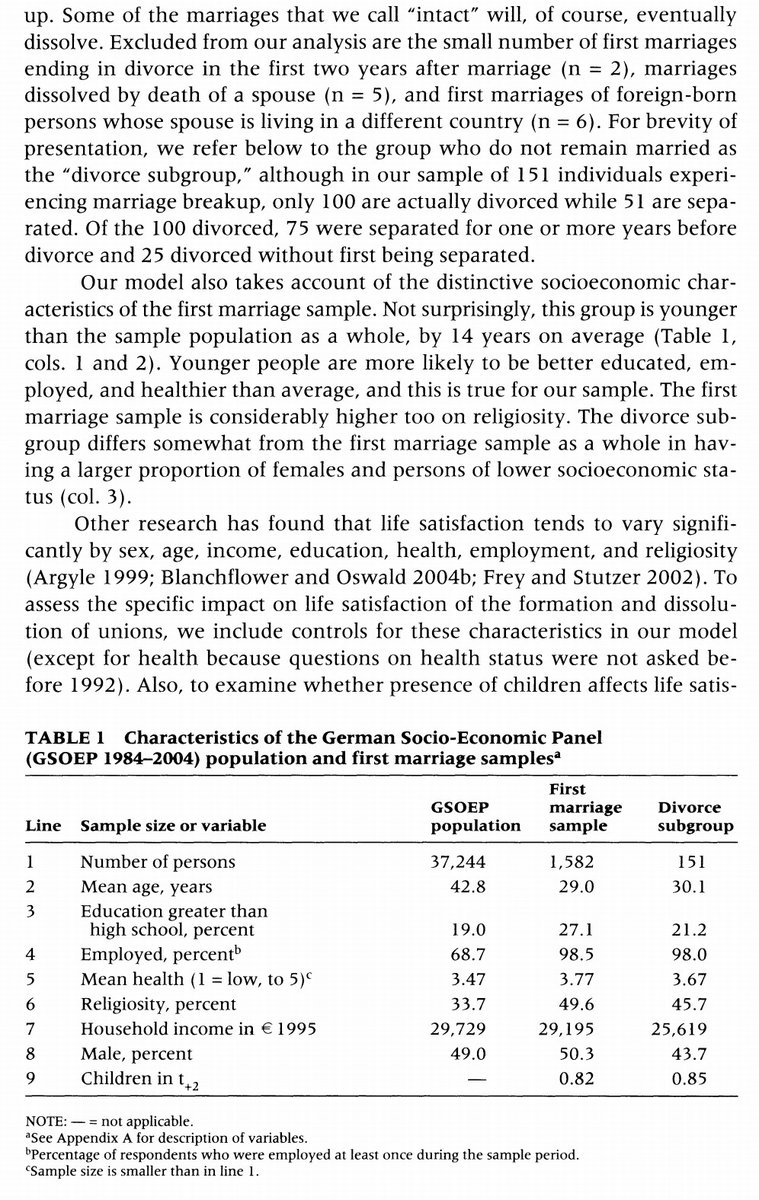1/ Betting Against Quant: Examining the Factor Exposures of Thematic Indices (Blitz)
"Investors in thematic indices trade against quants, who prefer stocks that are currently cheap & profitable. Negative factor exposures imply low expected returns."
papers.ssrn.com/sol3/papers.cf…
"Investors in thematic indices trade against quants, who prefer stocks that are currently cheap & profitable. Negative factor exposures imply low expected returns."
papers.ssrn.com/sol3/papers.cf…

2/ "Our sample includes all S&P and MSCI thematic indices with at least 3 years of data as of end April 2021.
"Our conclusions should not be generalized to thematic investing in general, since our analysis is exclusively based on data from two index providers."

"Our conclusions should not be generalized to thematic investing in general, since our analysis is exclusively based on data from two index providers."


3/ "The history has backfilled data, as the first S&P thematic indices were launched in 2016; MSCI indices were launched as recently as 2020. Backfilled returns are probably biased upwards (e.g. survivorship bias), but this is less of a concern for estimating factor exposures."
4/ "The S&P thematic indices exhibit both elevated systematic risk and a sizable amount of idiosyncratic risk. For the MSCI thematic indices we find directionally similar but much less pronounced results." 

5/ "Most of the S&P thematic indices have large positive exposures towards the size factor: S&P uses equal weighting as the starting point. For the MSCI thematic indices, which use capitalization weighting as the starting point, estimated size exposures tend to be much smaller." 

6/ "Across all 48 thematic indices, only 4 have a positive exposure towards the value factor, and only 1 has a (marginally) positive exposure towards the profitability factor. Thematic indices invest heavily in stocks with weak profitability and expensive valuations." 

7/ "The exposures towards the momentum factor are much smaller and close to zero on average (-0.10 for S&P and 0.07 for MSCI). This is not surprising because the momentum factor reflects a highly dynamic portfolio, while the thematic indices are relatively stable." 

8/ "Virtually all thematic indices have a negative aggregated factor exposure. The magnitude is typically sizable.
"Thematic indices generally resemble portfolios which are explicitly constructed to combine the worst profitability with the worst value/investment features."
"Thematic indices generally resemble portfolios which are explicitly constructed to combine the worst profitability with the worst value/investment features."

9/ "Although poor value + poor profitability underperforms on average, there have also been periods during which it performed strongly, including recently. If factor premiums have (temporarily) disappeared, negative factor exposures become irrelevant or can even be beneficial." 

10/ "Investors may also believe that the indices can still deliver a solid outperformance due to the idiosyncratic component. Crucially, they do not buy all stocks with weak profitability and expensive valuations but a select group which happens to have these characteristics." 

11/ "Thematic indices' alphas are likely to be inflated because a large part of the return history of the thematic indices consists of hypothetical, backfilled returns." 

12/ "Ben-David et al. find that ETF providers launch funds on niche themes with strong past performance/high media exposure/positive sentiment and argue that this appeals to retail/sentiment-driven investors. Such funds tend to perform poorly after launch as the hype vanishes."
• • •
Missing some Tweet in this thread? You can try to
force a refresh




























